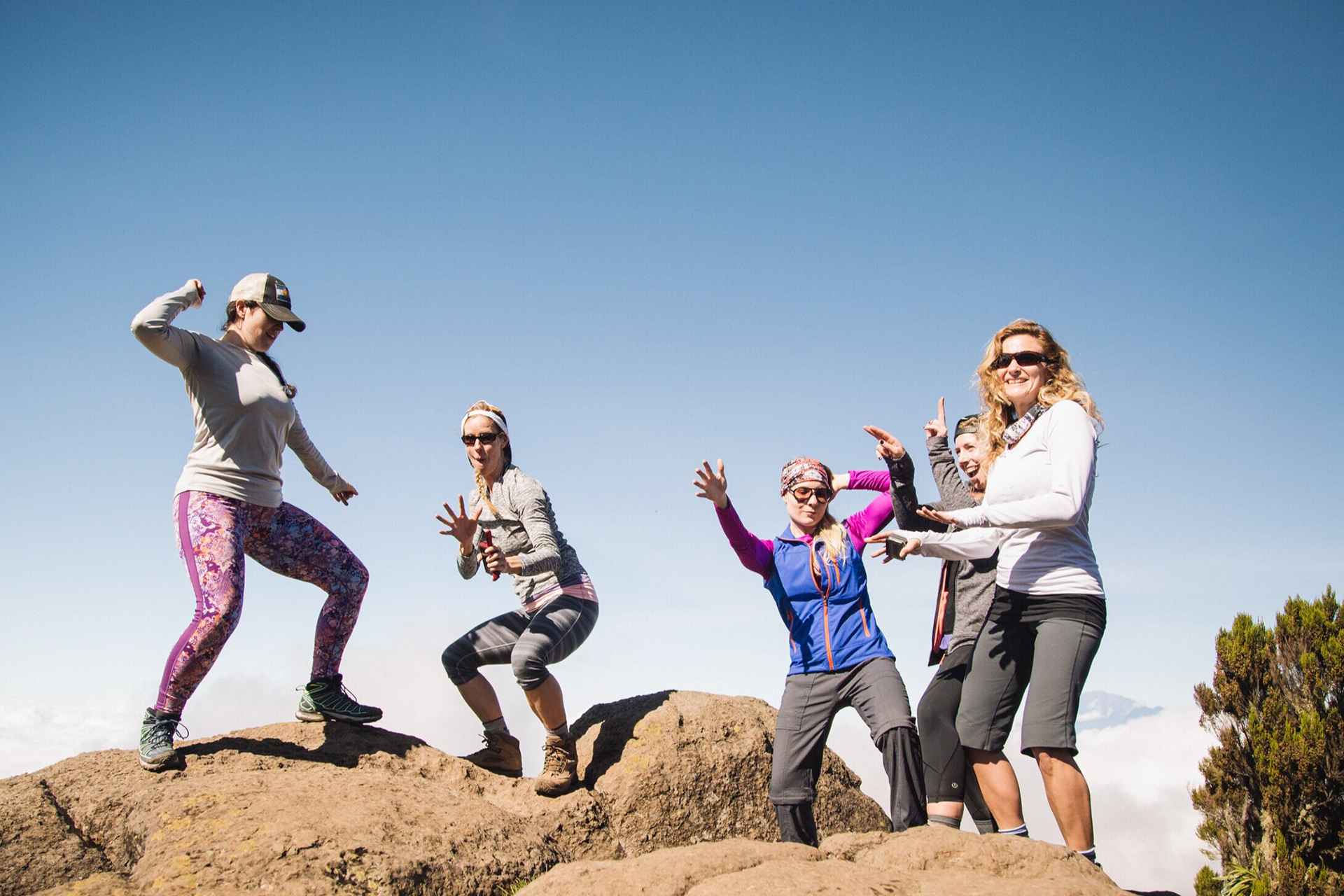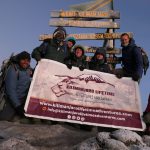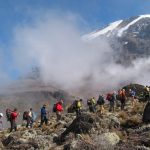A Comprehensive Guide for Women Climbing Kilimanjaro
Guide for Women Climbing Kilimanjaro
This guide for women climbing Kilimanjaro is here to help any woman out there, who want to climb Mount Kilimanjaro to the summit. By reading this guide, you will be able to plan your Kilimanjaro hike much better and increase the chance of summit.
Mount Kilimanjaro stands as an appealing adventure destination for a diverse spectrum of climbers, spanning men, women, and children, irrespective of age or physical prowess. The magnetic pull of conquering this majestic peak knows no bounds, offering an experience that transcends demographic boundaries. Regardless of background, all adventurers share similar aspirations and apprehensions when tackling Africa’s loftiest summit. At Kilimanjaro Lifetime Adventures, our steadfast guidance underscores the importance of meticulous route selection, strategic planning, rigorous training, and acquiring the requisite gear.
Yet, as women prepare to embark on the journey to Africa’s zenith, what specific considerations warrant contemplation? Let’s delve into these prevalent inquiries.
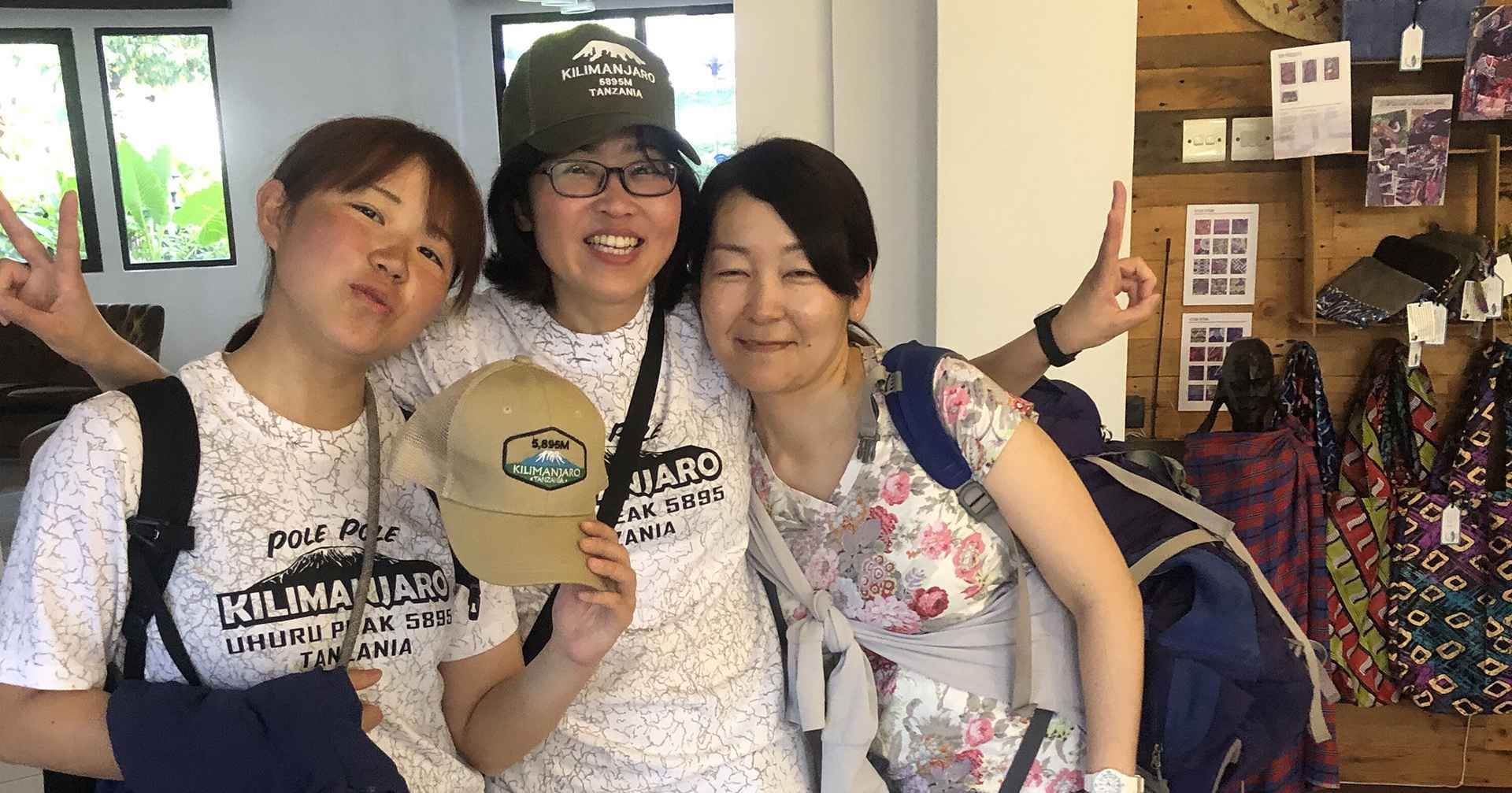
Ensuring safety on and off the Mountain
When discussing safety on Mount Kilimanjaro, our primary focus is typically on the perils of acute mountain sickness, rockfalls, and injuries. Nonetheless, female trekkers, particularly those journeying alone, often inquire about their security in terms of potential crime, encompassing theft, sexual assault, and physical aggression.
On the mountain, you will be under vigilant care with Kilimanjaro Lifetime Adventures. Our mountain crews consist of several dedicated staff members for every client. A lead guide, assistant guides, cooks, and porters accompany each group, and fellow tourists and crews populate the trails and campsites. Isolation on the mountain is virtually non-existent, drastically reducing the likelihood of untoward incidents.
In terms of Tanzania, the country itself is generally very safe for travel. Nevertheless, as with any travel, whether domestic or foreign, adopting reasonable precautions is advisable to mitigate potential risks. Here are some overarching travel tips for your time in Tanzania with Kilimanjaro Lifetime Adventures:
- Opt for arranged transportation rather than hailing a taxi on the streets. Avoid displaying valuable jewelry, accessories, or expensive items.
- Exercise discretion with your phone in public spaces.
- Disperse your cash to prevent drawing unnecessary attention.
- Refrain from traveling alone in desolate areas, especially at night.
- Maintain caution during casual conversations with strangers, being polite but wary.
Please also read our safety guidelines for Kilimanjaro for further details.
Are there any female guided hikes to Kilimanjaro?
Yes, there are female-guided hikes to Kilimanjaro. We offer guided expeditions to Mount Kilimanjaro led by our experienced and knowledgeable female guides. These female guides are well-trained and qualified to lead groups on the mountain, providing assistance, support, and expertise throughout the journey. Please find out more about our guides and team on Kilimanjaro or contact us for further information.
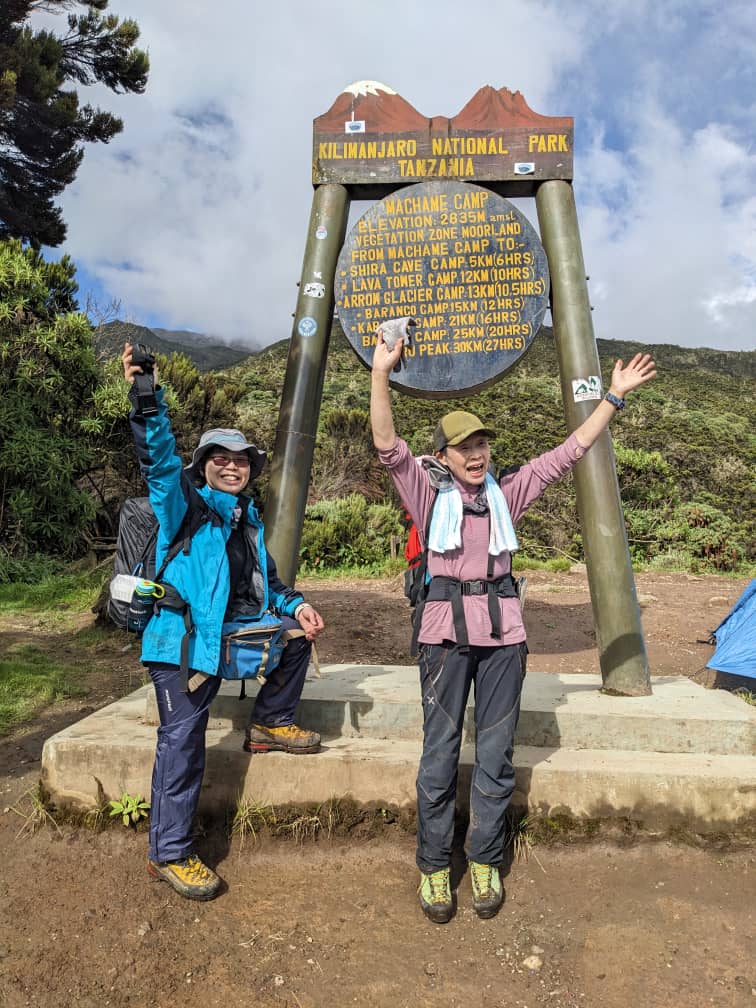 Will it be too cold for me on Mount Kilimanjaro?
Will it be too cold for me on Mount Kilimanjaro?
Women typically experience the cold more acutely than men due to their higher core body temperatures and slower metabolic rates, reducing heat production capacity. Thus, it is imperative for all climbers to equip themselves with suitable cold weather gear.
Prioritize the quality of essential items such as sleeping bags, sleeping pads, down jackets, soft shells, and footwear, following Kilimanjaro Lifetime Adventure’s gear recommendations for Kilimanjaro. If you’re prone to feeling cold, consider selecting extra-warm gear. For instance, choose a -30 degree sleeping bag instead of a -10 degree one and opt for a thicker fleece jacket or even two. A substantial down jacket, expedition weight socks, and insulated boots for the summit are also advisable. Ultimately, with the right equipment, low temperature will not be an issue.
Is it more challenging for women to climb Kilimanjaro?
Kilimanjaro Lifetime Adventures Ltd has guided countless women to the summit, and our experience reveals no discernible difference in success rates between genders. Climbing Kilimanjaro is equally attainable for both men and women. Our counsel applies universally: dedicate a minimum of two months to training, building the endurance required for sustained hiking. Practice by wearing your pack and hiking boots, engaging in day hikes with substantial elevation gain, or focusing on stair climbing to enhance physical stamina.
Is there a higher risk of Altitude Sickness for women?
While some studies suggest a slightly elevated risk of altitude sickness for women, the overall risk is comparable for both genders. Surprisingly, our observations indicate that altitude sickness is more prevalent among young, fit males due to their rapid ascent pace, exceeding their acclimatization capacity.
Kilimanjaro Lifetime Adventures recommendation remains consistent: allocate at least seven days for the ascent. Opting for longer routes like the 8-day Lemosho Route or 9-day Northern Circuit can further enhance your acclimatization process. On Kilimanjaro, our lead guides deliberately maintain a measured pace to facilitate proper acclimatization. Adhering to this pace allows your body to adjust effectively to higher altitudes.
Please read more about Altitude Mountain Sickness here.
What about hygiene while hiking Kilimanjaro?
We can include private toilet tents for your convenience. These tents house a pump-flush toilet within a standalone structure for privacy. At each campsite, portable toilets are set up and maintained by dedicated porters to ensure cleanliness.
For hiking, step off the trail to find a suitable spot, often concealed behind rocks or bushes. Guides can provide directions if needed. Consider bringing a “she wee” – a funnel device facilitating urination without disrobing.
Showering on Kilimanjaro: Practical Realities
Shower facilities are generally not available on the camping routes of Mount Kilimanjaro. Given the inevitable accumulation of sweat and dirt, maintaining impeccable cleanliness proves challenging. At all campsites, our team will provide soap and hot water, allowing trekkers to cleanse specific areas like the face, hair, neck, hands, and arms. Hand hygiene is crucial before meals and restroom use; hand sanitizer is practical on the trail, while soap and water are accessible at campsites.
What if I have my menstruation while hiking Kilimanjaro?
Altitude can affect hormonal cycles, potentially leading to unexpected menstruation. Prepare accordingly by carrying tampons or maxi pads. Biodegradable bags are suitable for storing used products, with designated trash bags available at campsites for disposal.
Are you ready to climb Kilimanjaro?
Contact us for further information or take a look at our Kilimanjaro special departure dates.


